“Native advertising is about to flood the airwaves,” says Business Insider, meaning storylines written around “products the advertisers are trying to sell.”
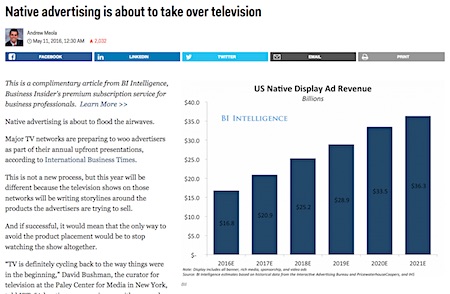 Native advertising or “branded content,” advertiser-written copy that looks like a news story, was the thorny topic considered by a New York Daily News panel Sept. 21. The 150+ attendees were told that the “wall had come down” that separated advertising and editorial and that the editorial side needed to face the new setup.
Native advertising or “branded content,” advertiser-written copy that looks like a news story, was the thorny topic considered by a New York Daily News panel Sept. 21. The 150+ attendees were told that the “wall had come down” that separated advertising and editorial and that the editorial side needed to face the new setup.
Native display ad revenues, including native in-feed ads on publisher platforms and social platforms make up 56% of current total U.S. display ad revenues, according to Business Insider. It predicts growth to 74% by 2021.
The Interactive Advertising Bureau says there is “a tide of ad blocking.” TV viewers are switching to other channels when ads come on, using the mute button, or fast-forwarding through ads if they have recorded the program. Advertisers are embedding messages in story lines in order to reach viewers. Embedding messages in print media stories is also being done.
Randall Rothenberg, president and CEO of the IAB, which is holding the 2016 IAB MIXX Conference today at the Crowne Plaza on Times Square, New York, forecast an “increasing flow to premium video, native advertising, branded content and more customized experiences.” Attendance is 1,300.
|
|
“Consumers are now in control and they are rejecting experiences that don’t meet their desires, adopting ad-blocking software at alarming rates,” he said.
He asked whether display advertising has a future for brands and will big brand support increasingly flow to premium video, native advertising, branded content, and more customized experiences?”
Can Great Journalism Survive?
He also asked: “Can great journalism survive?”
The was a question uppermost in the minds of the panelists and audience at the Daily News panel on advertiser-initiated editorial content. Doubts have been raised by HBO’s John Oliver and others about the ability of weakened media to withstand the pressures of advertisers.
Washington Post columnist Margaret Sullivan, previously public editor of The New York Times, said Aug. 8 that the 19-minute Oliver segment “precisely nailed” what’s happening to newspapers--“shrinking staffs, the abandonment of important beats, the love of click and bait over substance, the deadly loss of ad revenue, the truly bad ideas that have come to the surface out of desperation, the persistent failure to serve the reading public…media’s addiction to content that generates digital traffic, particularly ever-weirder stories about cats.” As of Sept. 25, the segment had been viewed 6,418,707 times and had drawn 8,361 comments.
According to Business Insider, the only way to avoid product placement would be to stop watching a TV show altogether. “Advertisers are coming up with new and different ways of being escape-proof, so you can’t fast-forward through them,” said David Bushman, TV curator for the Paley Center for Media, New York.
IAB Promotes Content Guidelines
Rothenberg announced the quest for new guidelines that will make ads more palatable to viewers. Proposed guidelines call for ads that are “light, encrypted, ad-choice supported and non-evasive.” The relate to display, mobile, video and native as well as guidelines for new content experiences such as emoji and virtual reality. An emoji is an ideogram or “smiley” used in an electronic message.
IAB’s website describes the “LEAN” scoring product that is designed to “Stem the Tide of Ad Blocking.”
Through 2016, the Tech Lab’s goal is to build industry-wide consensus around individual criteria and for LEAN scoring by soliciting data, research, and input from subject matter experts—and making use of these insights to develop clear, market-wide guidance. By the end of the year, it expects to be evaluating a roster of criterion to establish the algorithms for a rating system that will provide a clear overview of which digital destinations and advertising campaigns offer the strongest user experiences.
“LEAN scoring will guide the digital media industry towards building better user experiences,” said Alanna Gombert, Deputy General Manager, IAB Tech Lab, and Vice President, Technology and Ad Operations, IAB. “There is no question that people want to have unfettered access to the high-quality news, information, and entertainment they have long enjoyed for free on the open web. With the scorecard serving as a new industry standard, consumer-friendly interactive advertising will take hold, allowing the ecosystem to thrive.”
Conference Kicks off Ad Week
The IAB MIXX Conference, the annual kickoff of Advertising Week, is an event for marketing and agency professionals, publishers and technology firms. It brings together prominent figures to share insights on the most pressing topics in advertising. It explores "Advertising’s New World Order."
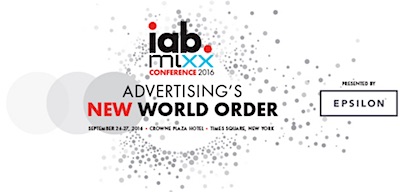 Says IAB: “Forget everything you ever knew about advertising. The game has changed, and consumers have never had more control. Their eyeballs, their swipes, and their expectations are leading the charge for seamlessly integrated, aesthetically pleasing, value-added content and brand experiences.
Says IAB: “Forget everything you ever knew about advertising. The game has changed, and consumers have never had more control. Their eyeballs, their swipes, and their expectations are leading the charge for seamlessly integrated, aesthetically pleasing, value-added content and brand experiences.
“The need for creative storytelling, built upon emotional connection, that compels consumers to action is immutable. But how we get there has been forever disrupted by digital."
IAB’s Description of Itself
IAB says it empowers the media and marketing industries to thrive in the digital economy. It is comprised of more than 650 leading media and technology companies that are responsible for selling, delivering, and optimizing digital advertising or marketing campaigns. Together, they account for 86 percent of online advertising in the United States. Working with its member companies, the IAB develops technical standards and best practices and fields critical research on interactive advertising, while also educating brands, agencies, and the wider business community on the importance of digital marketing.
The organization is committed to professional development and elevating the knowledge, skills, expertise, and diversity of the workforce across the industry. Through the work of its public policy office in Washington, D.C., the IAB advocates for its members and promotes the value of the interactive advertising industry to legislators and policymakers. There are 42 IABs licensed to operate in nations around the world and one regional IAB, in Europe. Founded in 1996, the IAB is headquartered in New York City and has a West Coast office in San Francisco.

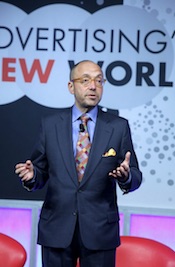

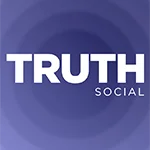 Trump Media & Technology Group today reported a $58.2M net loss on $4.1M in 2023 revenues, a disclosure that drove its stock price down 22.6 percent to $47.96.
Trump Media & Technology Group today reported a $58.2M net loss on $4.1M in 2023 revenues, a disclosure that drove its stock price down 22.6 percent to $47.96. Barry Pollack, an attorney at Wall Street’s Harris St. Laurent & Wechsler, has registered Julian Assange as a client with the Justice Dept. “out of an abundance of caution.”
Barry Pollack, an attorney at Wall Street’s Harris St. Laurent & Wechsler, has registered Julian Assange as a client with the Justice Dept. “out of an abundance of caution.”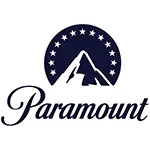 Paramount Global to slash 800 jobs in what chief executive Bob Bakish calls part of an effort to “return the company to earnings growth"... Rolling Stone editor-in-chief Noah Shachtman is exiting at the end of the month due to disagreements with chief executive Gus Wenner over the direction the magazine is taking... The New York Times broke the $1 billion barrier in annual revenue from digital subscriptions in 2023... Press Forward is investing more than $500 million to strengthen local newsrooms.
Paramount Global to slash 800 jobs in what chief executive Bob Bakish calls part of an effort to “return the company to earnings growth"... Rolling Stone editor-in-chief Noah Shachtman is exiting at the end of the month due to disagreements with chief executive Gus Wenner over the direction the magazine is taking... The New York Times broke the $1 billion barrier in annual revenue from digital subscriptions in 2023... Press Forward is investing more than $500 million to strengthen local newsrooms.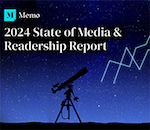 The majority of news articles are read within the first three days of publication, according to a recent report.
The majority of news articles are read within the first three days of publication, according to a recent report.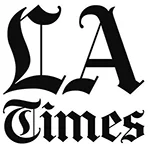 The Los Angeles Times gives pink slips to 115 people or 20 percent of its newsroom staff... TIME is also laying off about 30 employees, which is approximately 15 percent of its editorial staff... The Baltimore Banner, which was launched by Stewart Bainum in 2022 after he failed to buy the Baltimore Sun, added 500 subscribers per day in the three days following Sinclair Broadcast Group's deal to purchase the Sun.
The Los Angeles Times gives pink slips to 115 people or 20 percent of its newsroom staff... TIME is also laying off about 30 employees, which is approximately 15 percent of its editorial staff... The Baltimore Banner, which was launched by Stewart Bainum in 2022 after he failed to buy the Baltimore Sun, added 500 subscribers per day in the three days following Sinclair Broadcast Group's deal to purchase the Sun.


 Have a comment? Send it to
Have a comment? Send it to 
No comments have been submitted for this story yet.